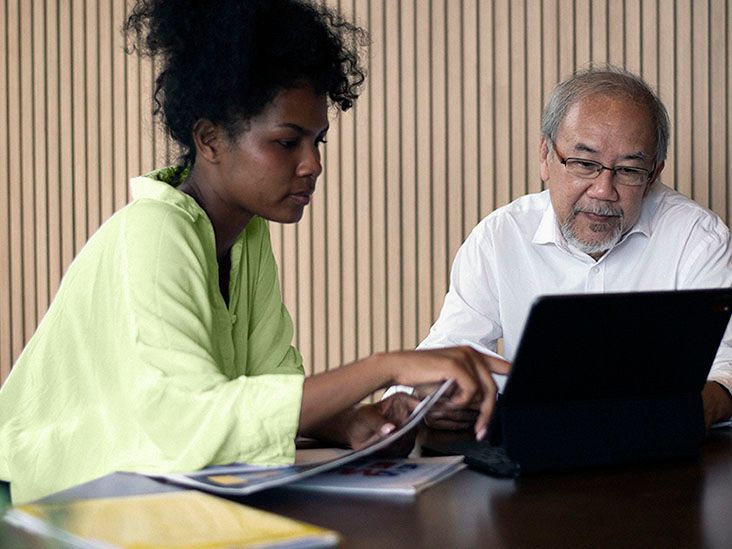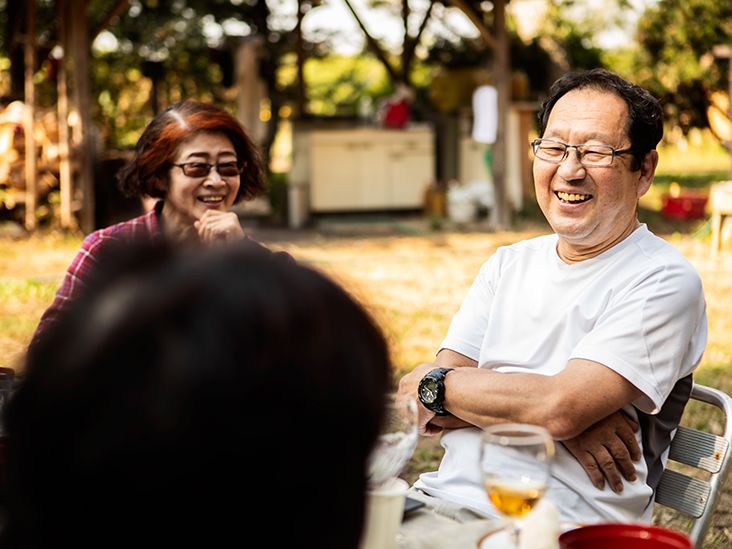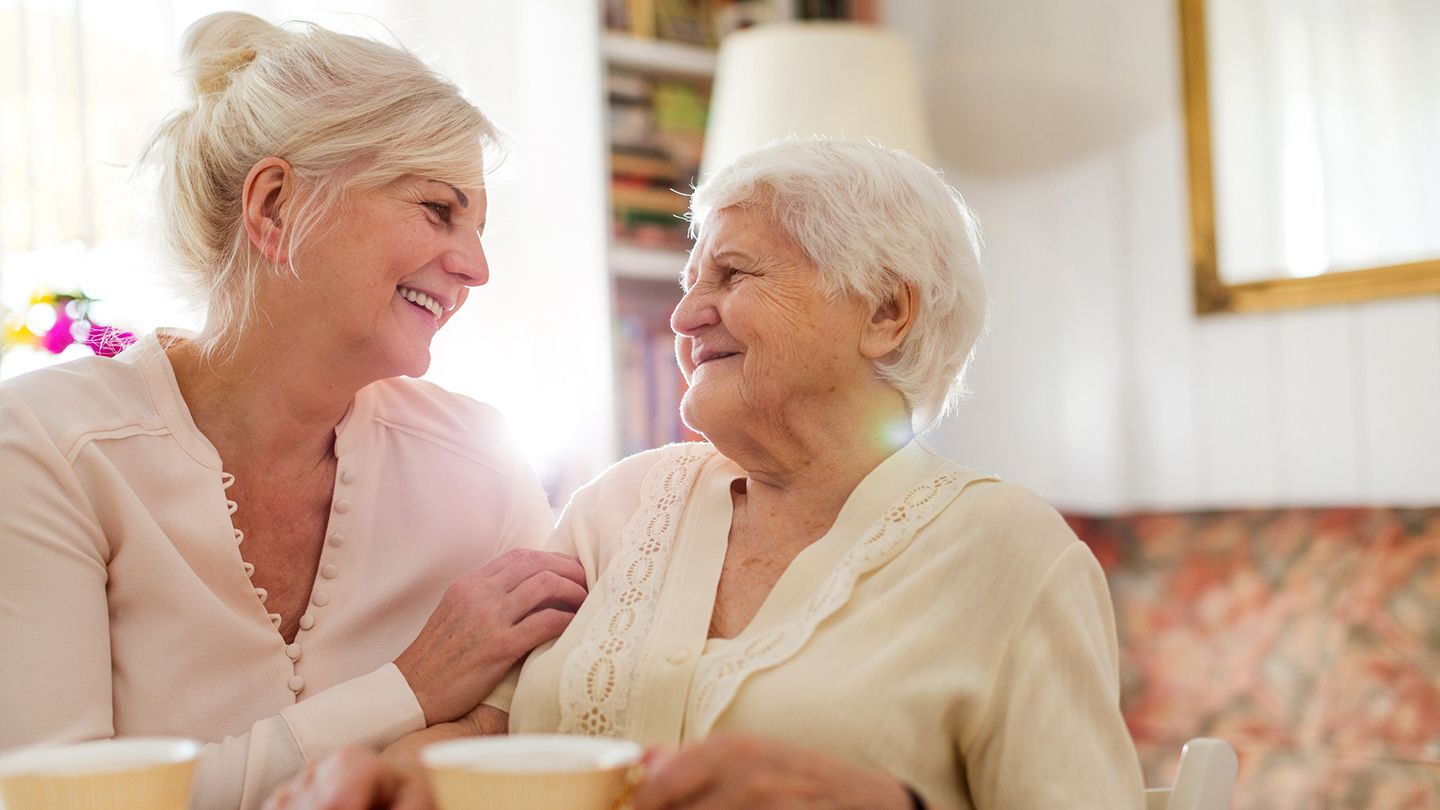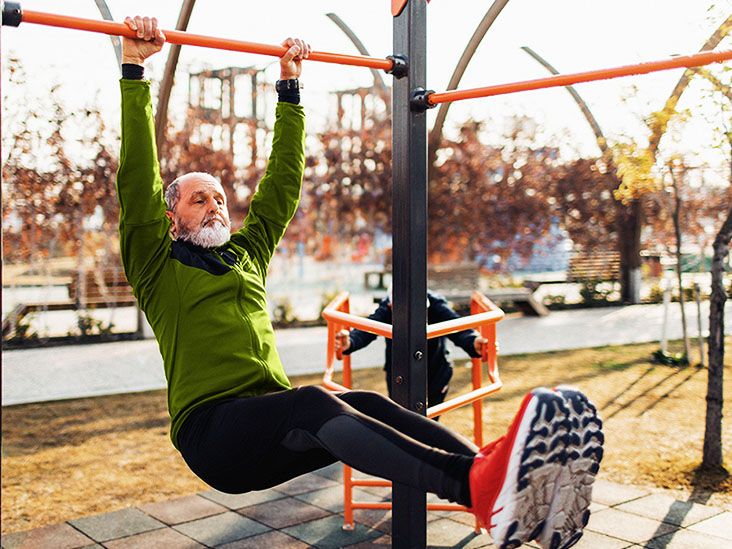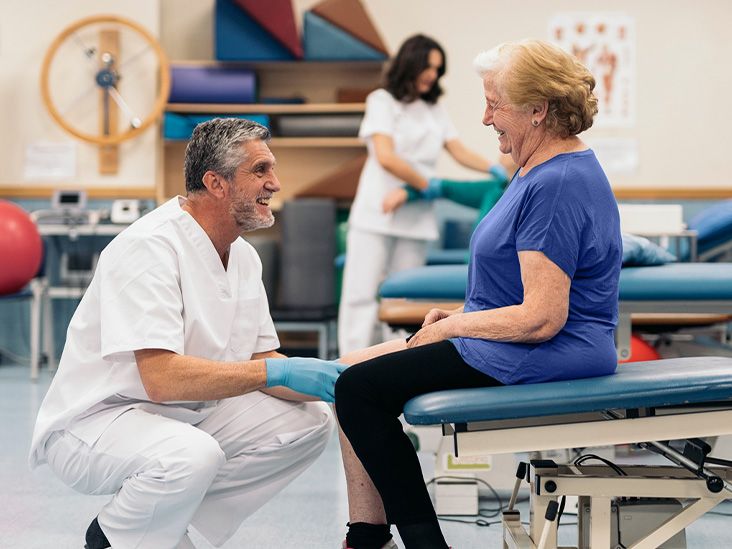How Tai Chi's Gentle, Flowing Movements Can Improve Flexibility and Reduce Fall Risk in Older Adults
As we age, our muscles and joints can become stiffer, less flexible, and more prone to injury. This loss of flexibility combined with declining balance can significantly increase the risk of falls in the elderly. Fortunately, the ancient martial art of tai chi provides a low impact way for older adults to improve flexibility and balance to help reduce falls.
Understanding Loss of Flexibility with Aging
Its normal for flexibility to decline as part of the natural aging process for several reasons:
- Loss of muscle mass and tone
- Stiffening and weakening of connective tissues
- Wear and tear on joints from arthritis
- Reduced elasticity of tendons
- Spinal compression and disc degeneration
Lack of physical activity accelerates this loss of flexibility. Tight muscles and joints restrict range of motion and make everyday movements more difficult. Older adults often find it hard to reach down to tie shoes, get in and out of vehicles, climb stairs, or look over their shoulder.
How Flexibility Impacts Fall Risk
Declining flexibility directly corresponds to increased fall risk in several ways:
- Stiff joints and muscles reduce freedom of movement and coordination.
- Tight hips and ankles lead to unstable or improper gait.
- Limited range of motion makes it harder to catch oneself if balance is lost.
- Sudden movements or strains are more likely to cause injury.
- Poor flexibility creates stress and weakness in muscles and joints.
Falls often lead to serious injury, disability, reduced independence, and reduced quality of life in older populations. Therefore, improving flexibility through safe, gentle exercise is important for healthy aging.
Benefits of Tai Chi for Flexibility and Fall Prevention
Tai chi is a traditional Chinese martial art practiced for defense training, health benefits, and meditation. Also called tai chi chuan, this mind-body practice involves a series of slow, flowing movements performed in a focused, meditative state of relaxation.
Research shows tai chi offers many benefits that can help seniors specifically improve flexibility and balance to reduce fall risk, including:
- Gentle, low impact movements suitable for all fitness levels
- Gradual progression of stretches through full range of motion
- Strengthens lower body and core muscles
- Stresses controlled breathing and mental focus
- Develops posture, alignment, and body awareness
- Can be done standing or sitting as able
While younger people can practice more rigorous forms of tai chi, modified versions have been developed for older adults emphasizing accessibility, safety, and fall prevention.
Tai Chi Movements That Increase Flexibility
Tai chi flows through a sequenced series of postures linked together in a continuous rhythm. Here are some key movements that develop flexibility in different parts of the body:
- Knee rotations - Rotating knees to stretch leg muscles and mobilize joints
- Ankle sways - Shifting weight side to side to increase ankle flexibility
- Hip circles - Rotating hips to stretch muscles and improve range of motion
- Horse stance squat - Stretches inner thighs and tones leg muscles
- Monkey squat - Opens hips and groin while stretching back legs
- Snake creeps down - Deep twisting stretch through spine and shoulders
- Golden rooster stands on one leg - Improves balance while loosening hip joints
- Brush knee twist - Stretches torso and shoulders while challenging balance
Many other tai chi postures also emphasize joint mobility, muscle engagement, and balance challenges to increase overall flexibility and stability.
Evidence of Tai Chi's Effectiveness for Fall Prevention
Extensive research backs up tai chi's flexibility boosting power when it comes to reducing falls among seniors. Notable study findings include:
- 55% reduction in risk of falling compared to non-exercisers
- Significantly increased balance, leg strength, and flexibility
- Greater improvements than conventional stretching or resistance training
- Reduced fear of falling that further lowers fall risk
A major multi-year study evaluating three different balance programs for older adults found tai chi outperformed both stretching exercises and multi-modal group classes in reducing falls among high risk individuals. The reductions were both statistically significant and clinically relevant.
How Often to Practice Tai Chi for Flexibility Benefits
Experts recommend practicing tai chi for at least 30 minutes 2-3 times per week to gain flexibility, improve balance, and reduce fall risk factors. Some guidelines include:
- Beginners can start with 30 minute sessions then gradually increase
- Aim for 60 minute classes once able to maintain longer durations
- Focus on quality not quantity of movements and postures
- Consistency is key - even short frequent sessions are beneficial
- Track progress through check-ins with instructors
Attending group tai chi classes provides guidance on proper form and progression. But even home practice following videos can enhance flexibility when done regularly.
Tai Chi Programs for Senior Flexibility and Mobility
Many community centers, senior living facilities, and health organizations now offer tai chi classes tailored to older adults. Two evidence-based programs to look for include:
- Tai Ji Quan: Moving for Better Balance - Research-backed program focusing on mobility and fall prevention.
- Tai Chi for Arthritis and Fall Prevention - Designed for seniors by a tai chi and medical expert.
These programs provide medically supported tai chi instruction in an accessible format for older populations. Private lessons or general senior-friendly classes are other good options.
Integrating Tai Chi into a comprehensive fall prevention strategy for seniors
While tai chi offers many benefits for flexibility, balance, and mobility in the elderly, it should be part of a larger fall prevention strategy encompassing multiple areas of health and wellness. Some tips for a comprehensive approach include:
Address underlying medical conditions
Manage any chronic diseases or age-related conditions that affect mobility and increase fall risk such as:
- Arthritis
- Diabetes
- Neurological disorders
- Cardiovascular disease
- Vision or inner ear problems
- Foot conditions
Medications should also be reviewed for side effects like dizziness that can lead to falls.
Include physical therapy and exercise
A tailored exercise program focused on flexibility, balance, and strength can help seniors:
- Improve gait and stability
- Maintain bone density
- Increase reaction times
- Prevent injuries
Physical therapy can also help improve mobility in those recovering from injury, surgery, or stroke.
Optimize nutrition
Poor nutrition status is linked to increased falls. Be sure to consume:
- Sufficient protein for muscle maintenance
- Calcium and Vitamin D for bone health
- Iron to prevent anemia which can cause dizziness/falls
- Fluids to avoid dehydration and drops in blood pressure
Encourage regular movement
Sedentary lifestyles lead to deconditioning and loss of strength and balance. Promote regular physical activity such as:
- Tai chi
- Walking or swimming
- Low-impact aerobics
- Chair exercises
Remove fall hazards at home
Conduct a thorough home safety audit looking for tripping dangers like:
- Clutter
- Throw rugs
- Poor lighting
- Electrical cords
- No grab bars in bathrooms
Making simple fixes can prevent many falls around the house.
Practice mental training
Cognitive elements like tai chi's meditative focus helps seniors:
- Maintain concentration while moving
- Divide attention between multiple tasks like walking while talking
- Improve reaction time if balance is lost
Reducing stress through meditation can also enhance mind-body control.
Concluding Thoughts
Loss of flexibility and balance put seniors at high risk of debilitating, often life-altering falls. Research overwhelmingly shows that the ancient practice of tai chi provides an accessible and effective way for older adults to improve joint health, balance, and coordination to maintain independence and quality of life.
By incorporating tai chi into a comprehensive fall prevention strategy encompassing physical fitness, medical care, home safety, nutrition, cognitive health, and more, aging populations can successfully reduce risk and stay mobile and independent for years to come.
FAQs
How does tai chi improve flexibility?
Tai chi involves flowing through a sequence of postures that take joints through a full range of motion. This gradually stretches muscles and improves mobility.
What movements target flexibility?
Key tai chi movements that increase flexibility include knee rotations, ankle sways, hip circles, horse stance squats, monkey squats, snake creeps down, and brush knee twists.
How often should seniors do tai chi?
Experts recommend seniors do Tai chi for 30-60 minutes, 2-3 times per week to gain the most flexibility and balance benefits for fall prevention.
What programs are best for seniors?
Researched programs like Tai Ji Quan: Moving for Better Balance and Tai Chi for Arthritis and Fall Prevention are specifically designed for senior flexibility and mobility.
How else can seniors prevent falls?
A comprehensive approach including medical care, home safety modifications, nutrition, physical therapy, minimising medications, and strength training along with tai chi provides the best fall prevention.
Disclaimer: This article is for informational purposes only and does not constitute medical advice. Always consult with a healthcare professional before starting any new treatment regimen.
Related Coverage
Embrace the power of superfoods and elevate your conscious lifestyle. Discover 15 nutrient-dense powerhouses that offer a wealth of benefits for your body, mind, and spirit....
Licensed Medicare advisors help you navigate coverage options, avoid costly mistakes, and find plans that fit your needs....
Stay safe with medication safety for seniors. Get practical tips to manage prescriptions, avoid interactions, and protect your health....
Learn how medical alert watches work and compare top styles like smartwatches vs jewelry alerts. Review key features, leading brands, costs and getting started....
Elderly heat sensitivity increases risks during hot weather. Know when fans help or harm and how to keep seniors cool and safe....
When a loved one passes, Medicare after death stops immediately, but prior claims can still be filed. Learn how bills are handled....
Building muscle after 60 is absolutely possible. Boost strength, energy, and independence with simple workouts and proper nutrition....
Find the best Alaska Medicare plans for 2025. Compare Part D, Medigap, and Original Medicare options tailored to your needs....
Psychedelic waters remain federally illegal, but some states allow limited use. Learn about the complex legal status, safety concerns, and tips for responsible use....
Compare FFS and PFFS Medicare options to choose the best coverage for your healthcare needs and budget....

